Hi #AmazingNature Community!
Always wishing everyone a good day. Let's remember that the sun rises for @everyone!😃🌞
Once again, I bring you content that I consider to be of quality, this takes several hours of reading, comprehension and writing.💡📚
But more than that, this is one more publication so that together we can appreciate and contemplate how wonderful our nature is! I prefer the marine and aquatic environment, that is my specialty🐬🐟🦈🦀🐢🐳🐙 I hope you enjoy!🐬🐟🦈🦀🐢🐳🐙🤗 #dna
Just today, the city in which I live has just experienced the effects of hurricane "Delta", a hurricane that was category 4 before making landfall, after which it did not take not even an hour to descend to category 2. The reasons were not disclosed, but when it made landfall, the first place to hit was Puerto Morelos, Quintana Roo, Mexico. A place with considerable coral reef coverage.
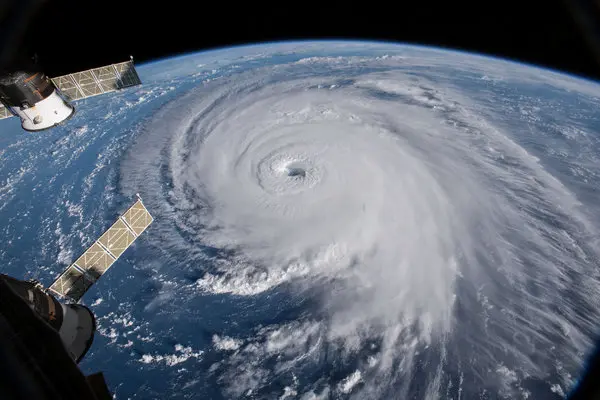
Photo Credit: NYT
Was it the reef that lessened the strength of the hurricane❓
Because this happened a few hours ago, it is not yet possible to answer this question, but research done in the past can give us an idea ...
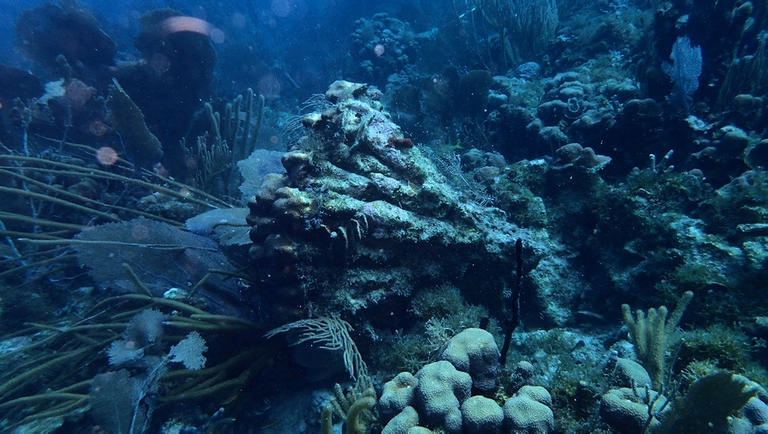
Photo Credits: Jeff Miller

A research published by Pedro M. Alcolado and collaborators
Institute of Oceanology, Ave. La Habana, Cuba
Introduction
Much is known about the deterioration of the world's coral reefs, as well as its link to climate change (Spalding, 2004; Wilkinson and Souter, 2008).
In the Caribbean, the average live coral cover has fallen by 80% in just three decades (Gardner et al., 2003).
The reefs of the Gulf of Batabanó in Cuba do not escape this situation (Alcolado et al. 2001). The causes of this world situation are both caused by man (terrigenous sedimentation, pollution, mechanical damage, industrial heat stress and overfishing) and large-scale events associated with global climate change (increase in the surface temperature of the oceans and the CO2 concentration), as well as sea acidification and various diseases in marine organisms (Hoegh-Guldberg et al. 2008; Kleypas and Hoegh-Guldberg, 2008).
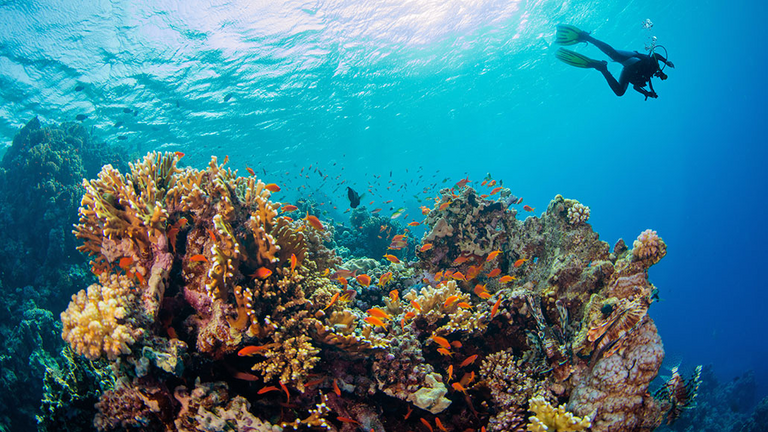
Photo Credit: Jag_cz
Hoegh-Guldberg et al. (2008) predict an increase in sea temperature of at least 2ºC between 2050 and 2100. In turn, the number of hurricanes increases year after year in the Caribbean, and this is also another factor in the loss of the reefs of coral.
It is striking that in the study place (Grand Caribe: Cuba) 6 hurricanes passed through or near the evaluated area between 2001 and 2006.
The objective of this research was to evaluate the importance of the impact of this period of high frequency of hurricanes and coral diseases, factors associated with climate change, according to IPCC (2007).

Methodology
In selected coral reefs in the southern and eastern Gulf of Batabanó, a rapid ecological assessment was carried out after the passage of hurricanes, in order to analyze the effects of hurricanes and coral diseases, both factors associated with climate change. (IPCC, 2007).
Michelle (2001), Isidore (2002), Lily (2002), Charley (2004), Iván (2004) and Dennis (2005) were the hurricanes that impacted on or near coral reefs.

Image by Pedro M. Alcolado et. al., "hurricane routes"
Indicators
To correctly evaluate the impact, different indicators were selected according to AGGRA (The Atlantic and Gulf Rapid Reef Assessmen):
- Vivid decorative coverage✔️
- Diameter of hard corals✔️
- Percentage of recent mortality✔️
- Percentage of old mortality✔️
- Percentage of corals with diseases✔️
- Population density of the long-spined black hedgehog✔️
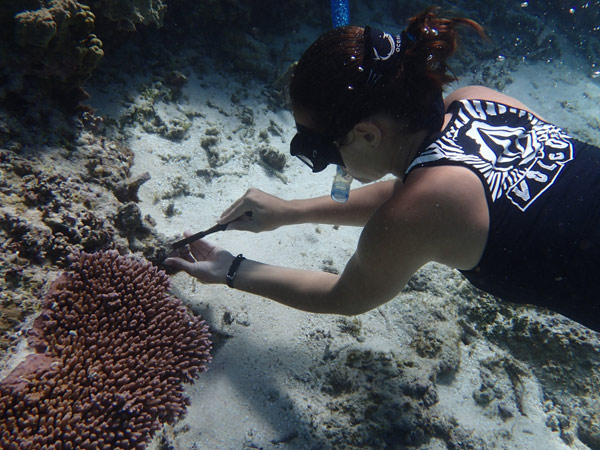
Photo Credit: Megan Morikawa

Results
In general, in this research, there were species that did not suffer significant losses and there are other species that did. The species Porites astreoides, Acropora prolifera and Millepora complanata did not suffer significant losses, but in the case of P. porites astreoides, the population decreased.
The average maximum diameter of the corals showed significant reductions in all the ridges. Surprisingly, the disease corals were expected to show a significant reduction with the passage of the hurricane, but they did not!
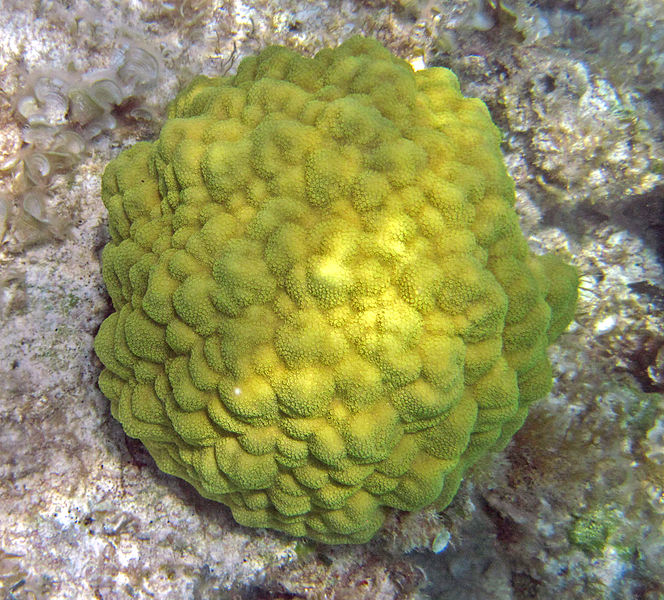
Photo Credit: James St. John "Porites astreoides"
In previous studies, the Acropora palmata species was reported as the most affected by the passage of a hurricane, most likely this is due to the "elkhorn" shape and its fragility on impact.
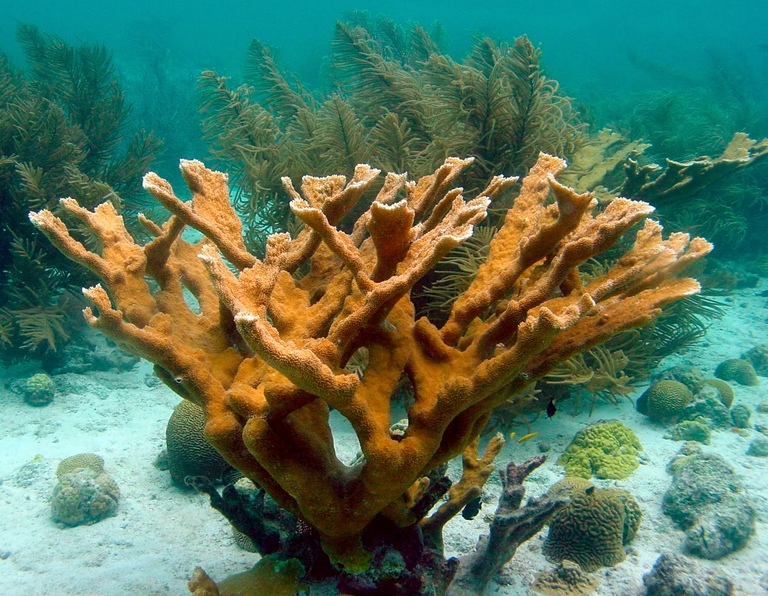
Photo Credit: Jake Adams

Conclusions
With this research it can be verified that there is certainly an impact of hurricanes on coral reefs, however, perhaps it is not as serious as we think.
Once the hurricane hits, a "fight" is observed for the corals' territory, that's right, the species that emerge victorious from this fight will be the ones that will have more coverage over the years.
In addition to being incredible living beings, coral reefs offer us a "shield" to minimize the impact of hurricanes. Let's take care of them❗️🏝
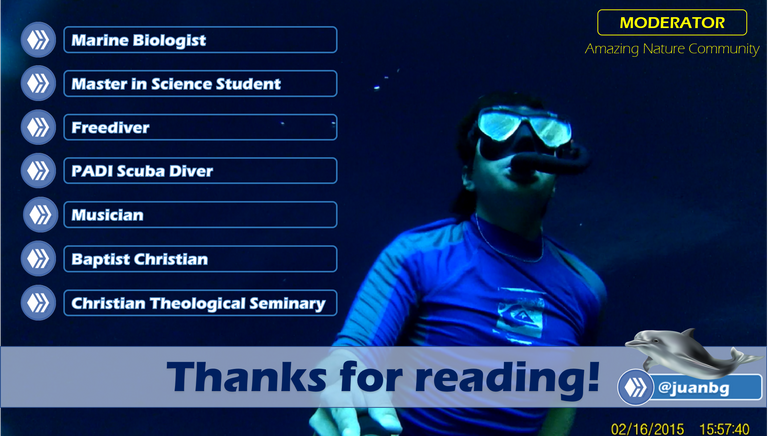
Congratulations @juanbg! You have completed the following achievement on the Hive blockchain and have been rewarded with new badge(s) :
You can view your badges on your board and compare yourself to others in the Ranking
If you no longer want to receive notifications, reply to this comment with the word
STOPDo not miss the last post from @hivebuzz: